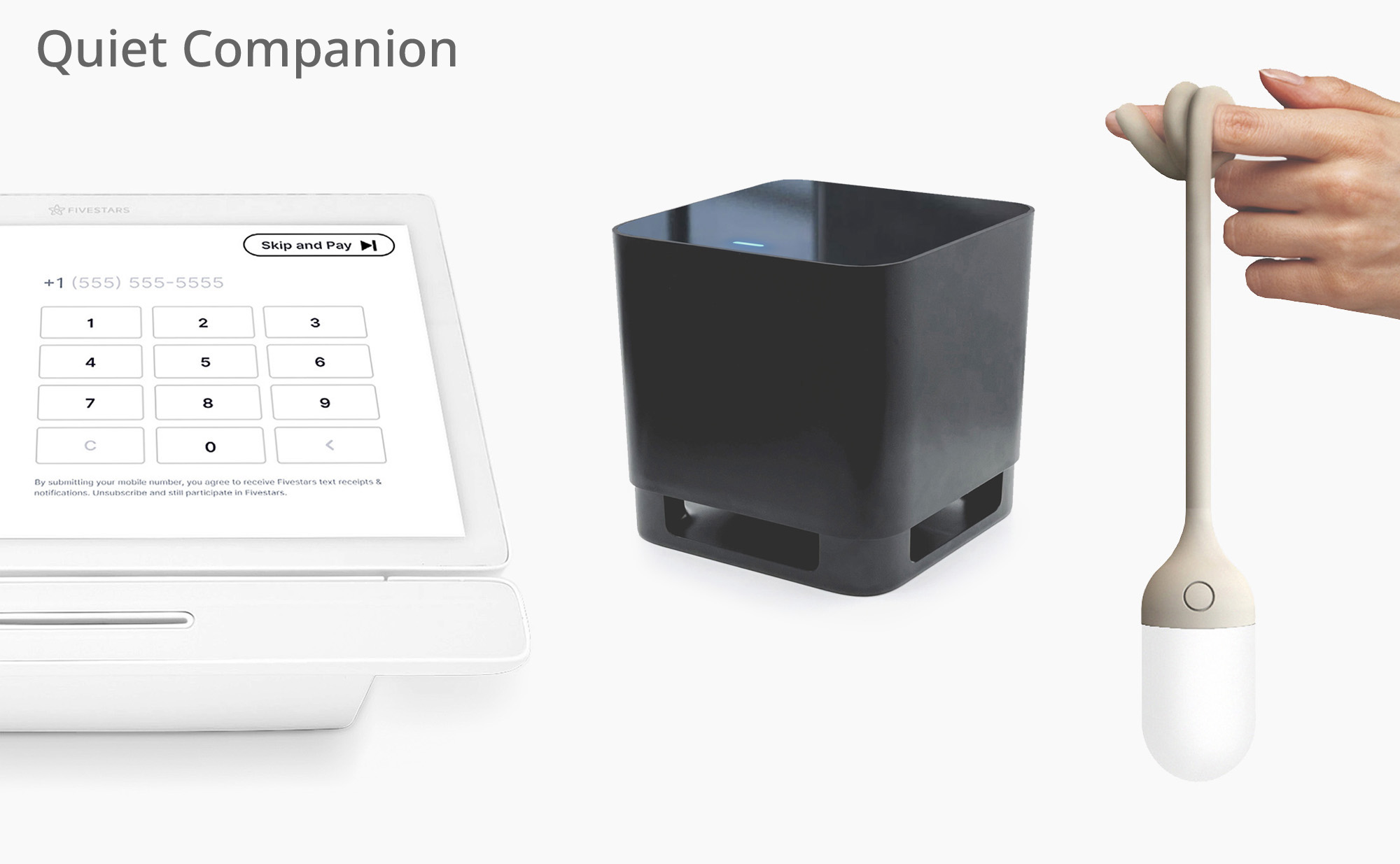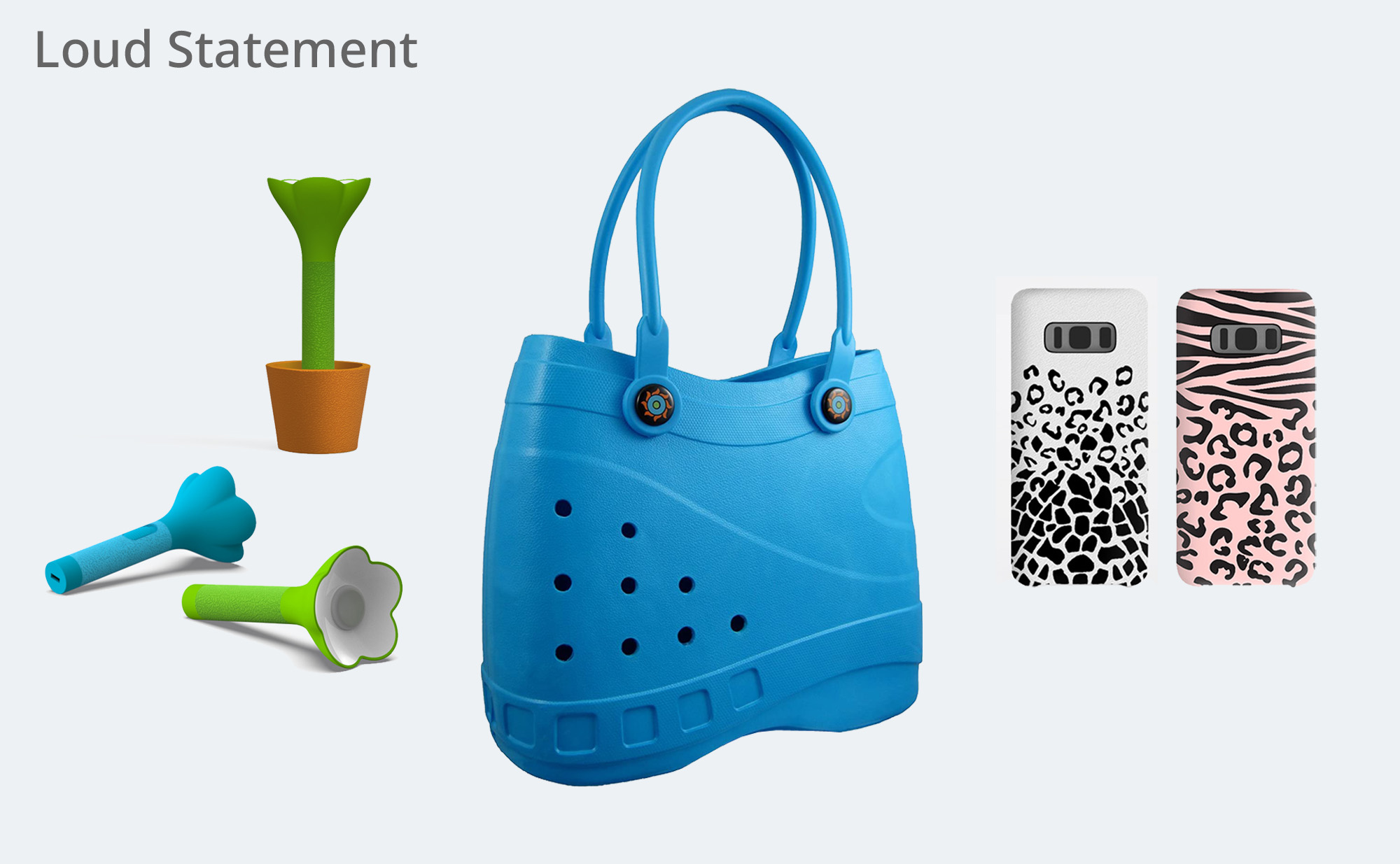


Quiet Companion / Loud Statement
Every product serves a purpose and tells a story. Its form follows both function and emotion. As designers, we encounter an interesting duality between two distinct visual design paths: the “Quiet Companion” and the “Loud Statement.” These paths offer different ways to connect a product with its surroundings, giving it the choice to seamlessly blend in or make a bold impression.
The “Quiet Companion” is a product that blends effortlessly into its surroundings, becoming a vital part of users’ daily lives without drawing undue attention. It is a product that finds beauty in simplicity and function, with clean lines, modest colors, and straightforward shapes that clearly convey its purpose without overwhelming the senses. The strength of the “Quiet Companion” lies in its versatility. By embodying a neutral aesthetic, it easily adapts to various settings, effortlessly complementing diverse interior styles.
A great example of a “Quiet Companion” brand is MUJI, a Japanese retail company. MUJI’s philosophy centers around creating “Super Normal” products. These designs, crafted by industrial designer Naoto Fukasawa, are incredibly simple and unassuming, seamlessly blending into the user’s environment.
On the other hand, the “Loud Statement” product serves as an expressive masterpiece. It goes beyond mere utility, becoming a channel for emotions, fashion, status, and culture. Its design is crafted to evoke feelings and communicate creative messages that resonate deeply with users. Bold colors, intricate patterns, and striking shapes come together to create an extraordinary visual experience. Owning such a product becomes a way to express one’s identity, making a bold statement about personal style and preferences.
An example of a “Loud Statement” product is the Tesla Cybertruck, designed by Tesla Inc. Its bold and aggressive appearance sets it apart from traditional pickup trucks, making a strong visual impact on viewers. The design sparked admiration, controversy, and substantial interest among consumers and enthusiasts.
As designers, each of us possesses a unique creative identity, a personal style that defines our work. Some of us find beauty in the elegance of simplicity and the power of clean design. However, a skilled designer also understands the importance of flexibility and adaptability. Our ability to tailor our designs to the brands we support and the users we serve is a testament to our creativity. Whether we embrace the soft whispers of the “Quiet Companion,” the bold declarations of the “Loud Statement,” or a balanced approach that combines elements of both, we bring life to products that seamlessly integrate into the users’ daily lives.